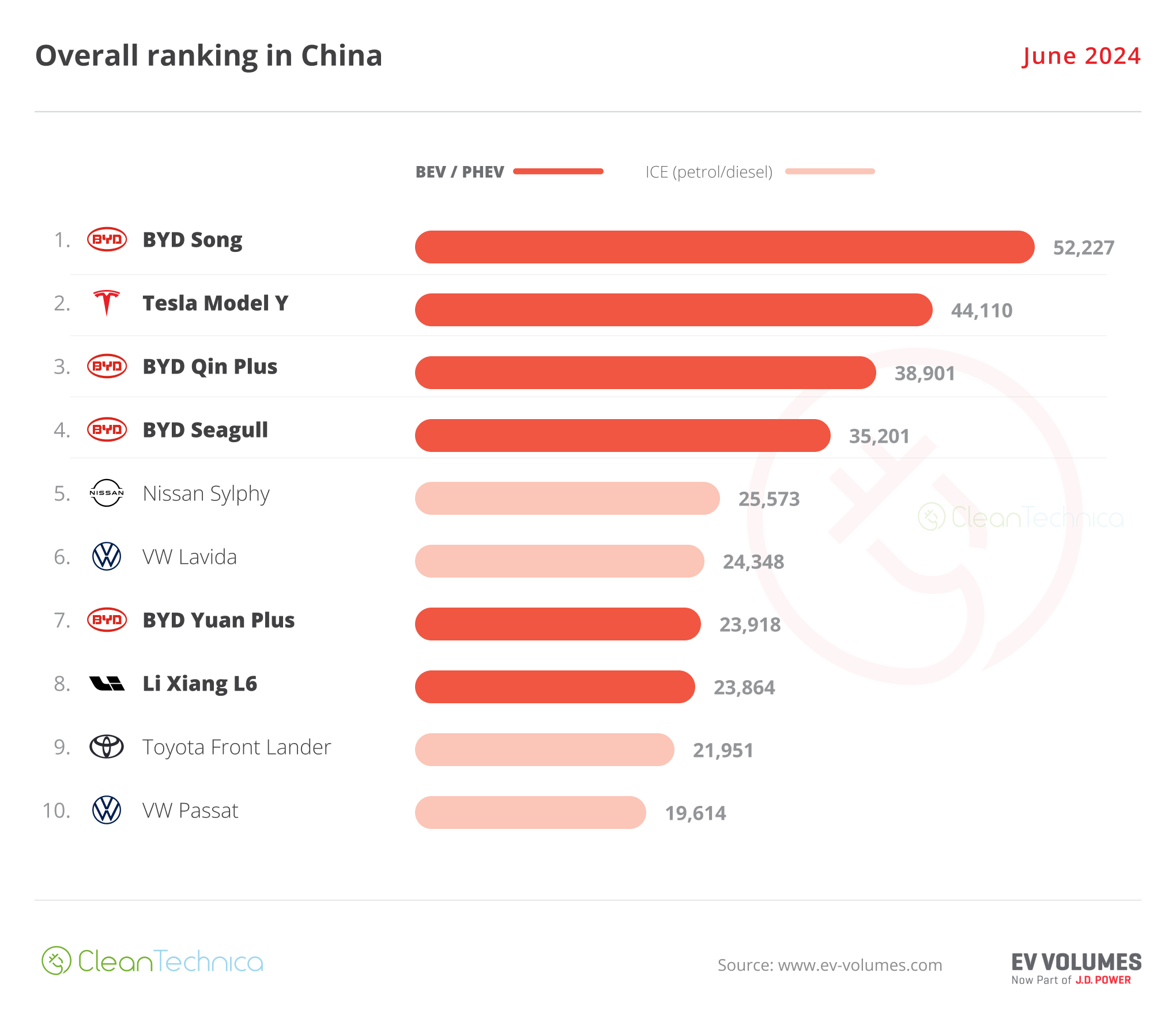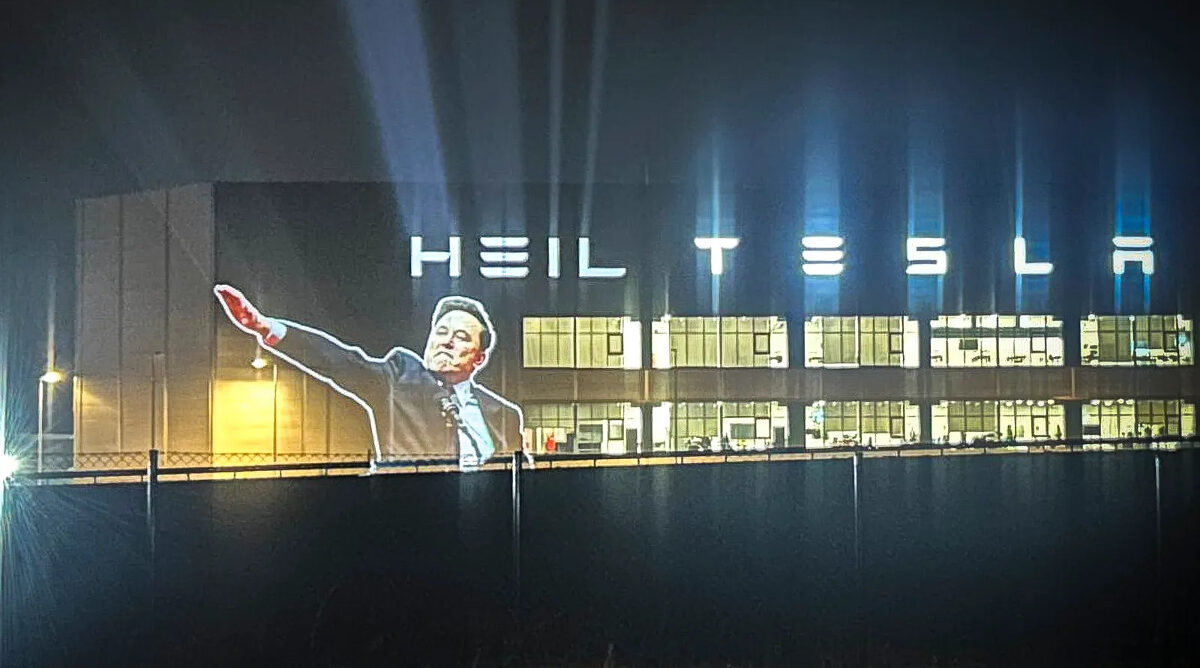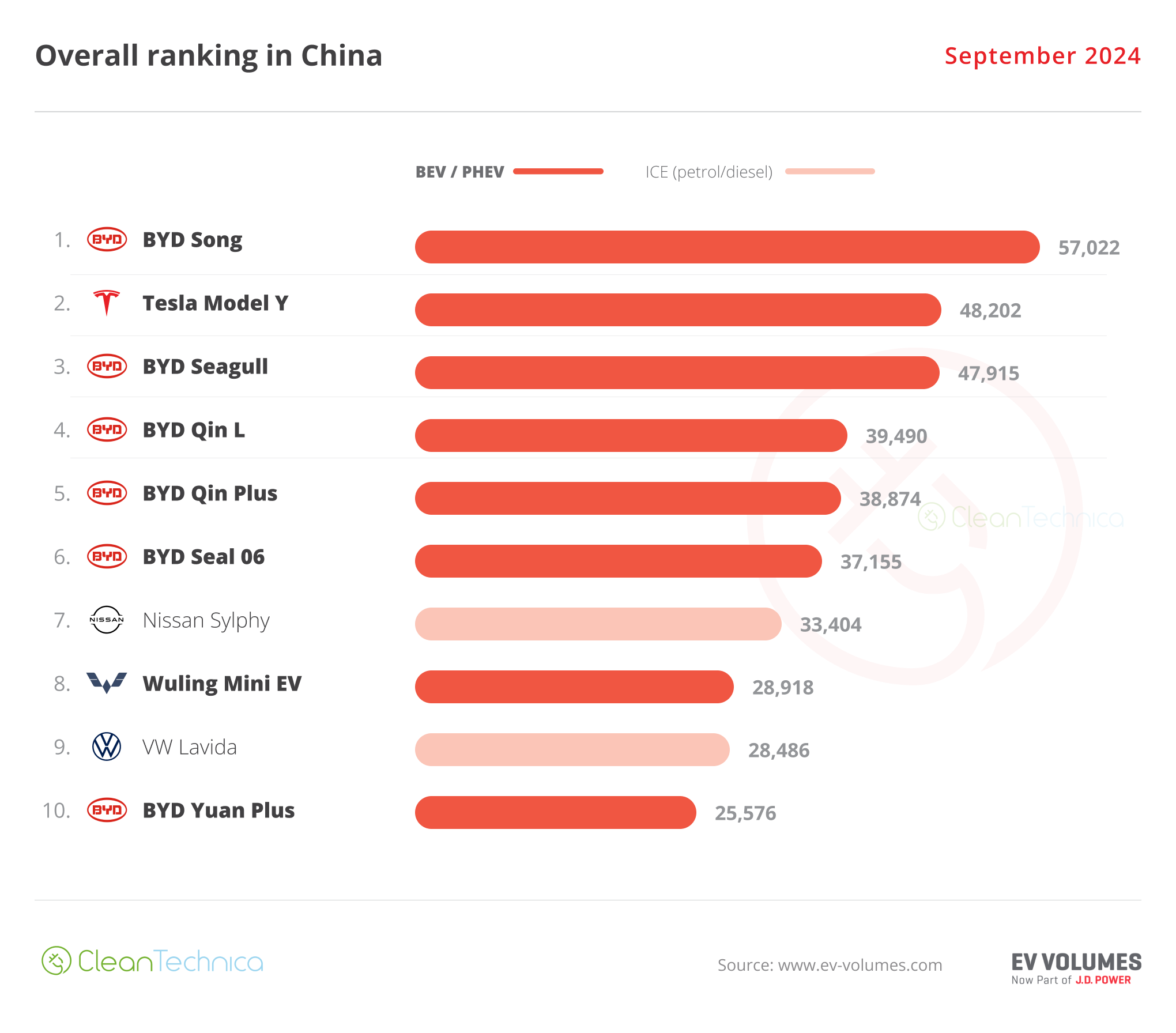Sign up for daily news updates from CleanTechnica on email. Or follow us on Google News!
People from all corners of the United States experienced some form of extreme weather in 2023. According to the National Oceanic and Atmospheric Administration, 2023 has already set a record for billion-dollar weather and climate disasters in the United States. Tragic events like the deadly Maui firestorm, extreme flooding in California and New England, Hurricane Idalia’s category four winds battering the Gulf Coast, and devastating hailstorms and tornados throughout the central US underscore how a changing climate poses major challenges to the reliability our electric grid — the backbone of the United States’ economy, national security, and community health and safety.
Much of the U.S. electric grid was built in the 1960s and 1970s. While the system has been improved with automation and some emerging technologies, our aging infrastructure is struggling to meet our modern electricity needs, such as renewable energy resources and growing building and transportation electrification. For example, 70 percent of transmission lines are over 25 years old and approaching the end of their typical 50–80-year lifecycle. This has major consequences on our communities: power outages, susceptibility to cyber-attacks, or community emergencies caused by faulty grid infrastructure.
On October 18, 2023, the Department of Energy (DOE) announced up to $3.5 billion for 58 projects across 44 states to strengthen electric grid resilience and reliability across the United States, all while improving climate resilience and creating good paying union jobs. These projects will leverage more than $8 billion in federal and private investments as part of the Grid Resilience and Innovation Partnerships (GRIP) Program, funded through the Bipartisan Infrastructure Law and administered by DOE’s Grid Deployment Office (GDO).
The GRIP projects will tackle a range of grid needs to increase resilience and reliability across the country, with a few major trends popping up across the various selections. They include:
- Wildfire prevention and resilience: State-of-the-art technologies will protect the grid from wildfires and prevent wildfires caused by aging infrastructure. Smart grid investment will help predict, identify, and address problems earlier and improve real-time responses to threats.
- Neighborhood resilience: Microgrids that expand renewables and distributed energy resources will allow consumers to keep the power locally on even when the grid experiences outages.
- Lower energy bills and increased clean energy: DOE is making critical investments in our grid without passing costs down to consumers, all while enabling cleaner energy sources, less pollution, and an easier time installing solar panels or plugging in an electric vehicle at home.
- Investments in disadvantaged communities: Through Community Benefits Plans, all GRIP projects have outlined strategies to leave lasting impacts on local communities beyond infrastructure upgrades alone, including locally focused economic development and thousands of good-paying, union jobs.
The GRIP program will have a long-lasting, substantial impact on our nation’s economy, energy reliability, and community-level resilience. Join us over the coming weeks for a blog series as we dive into these lasting benefits both at the local, regional, and national level. GDO also invites you to join us for a webinar on October 24, 2023 at 2:30 PM to showcase GRIP awardees and discuss trends in the application process. Registration here.
This blog post is part of a series about the benefits of modernizing the U.S. electrical grid through the Grid Resilience and Innovation Partnerships (GRIP) Program.
Courtesy of Energy.gov.
Have a tip for CleanTechnica? Want to advertise? Want to suggest a guest for our CleanTech Talk podcast? Contact us here.
EV Obsession Daily!
I don’t like paywalls. You don’t like paywalls. Who likes paywalls? Here at CleanTechnica, we implemented a limited paywall for a while, but it always felt wrong — and it was always tough to decide what we should put behind there. In theory, your most exclusive and best content goes behind a paywall. But then fewer people read it!! So, we’ve decided to completely nix paywalls here at CleanTechnica. But…
Thank you!
Tesla Sales in 2023, 2024, and 2030
CleanTechnica uses affiliate links. See our policy here.





